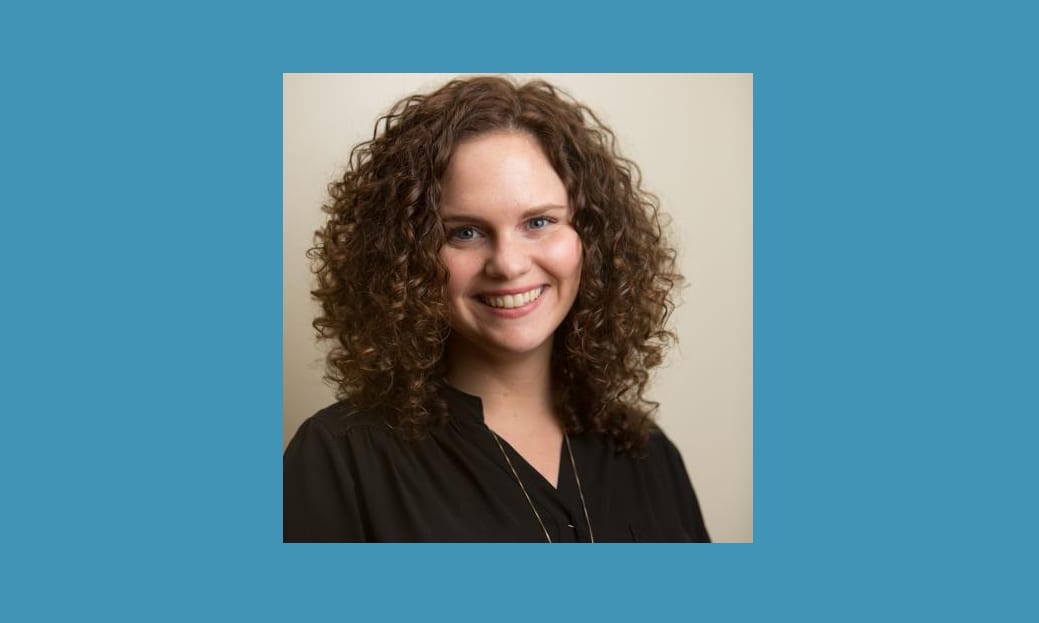How Can Dual Language Teachers Get Involved in Bilingual Education Policy?
With all the demands placed on Dual Language (DL) teachers, it can be hard to imagine adding one more thing to your plate. But, as we’ve seen in California and Massachusetts in recent years, the landscape of language policy is always shifting. Teachers play an essential role in making sure policy developments support bilingual education. So, what can you do as a teacher to get involved and be an advocate?
Join local and regional professional organizations
Membership in professional organizations provides invaluable opportunities for networking and professional learning at conferences. But they’re also the nexus for lots of local advocacy work.
- Join your local chapter of the National Association of Bilingual Education (NABE).
- Keep up with Dual Language Education of New Mexico (DLeNM).
- Organizations geared toward English Learner education (such as local TESOL chapters) often have Special Interest Groups focused on bilingual models.
- If they don’t already, ask your organization’s leadership team to send e-blasts to members about local policy issues in which members can get involved
- If possible, join the Board and learn more about how the organization communicates with local legislators and other policy-makers.
Collect and share long-term achievement data
In today’s high-stakes climate, policy makers typically want indisputable evidence that a specific educational approach will improve student performance, especially for students classified as “English Learners.” Research shows, however, that the benefits of DL programs are most evident in 6th-9th grade, after students have been enrolled in the DL program for many years. DL schools may want to avoid using snapshots of student achievement at one point in time (for example, third grade), when advocating for their programs. Instead, ask for test data to be collected over several years in your program so you can show students’ progress, and learn how to explain that data to outside stakeholders.
Raise up community voices
Whether you’re advocating for a bilingual program within your school, at the district level with local school boards, or at the state level with legislators, policy makers will want to stories about individuals’ and families’ experiences in bilingual schools. As you develop relationships with families from your classrooms, consider how their stories might compel policy makers to better understand the human impact of bilingual education.
- What are parents and family members saying about why bilingual education matters to them?
- Would they be willing to share their feelings with policy makers?
The best way to ensure that teachers have a voice in language policy is to connect with other teachers across different contexts, so reach out and communicate with teachers outside your own program!

